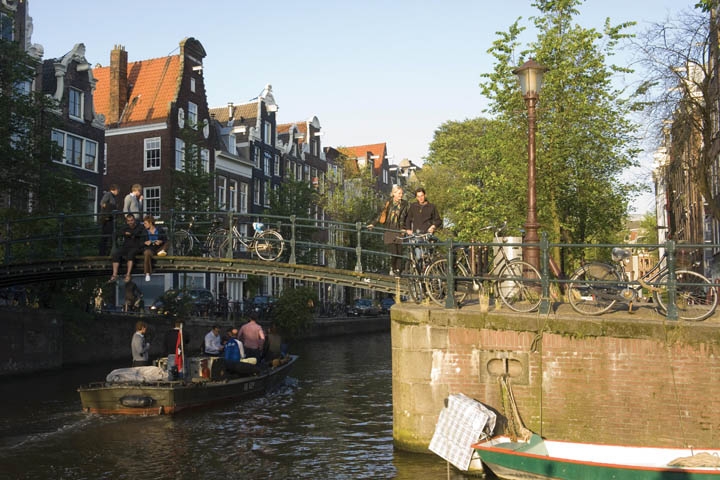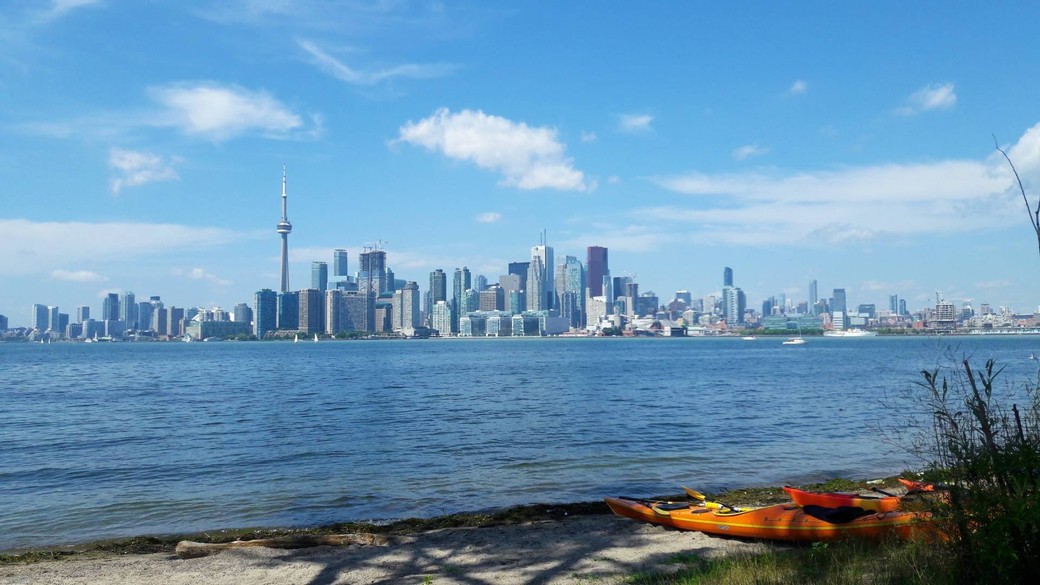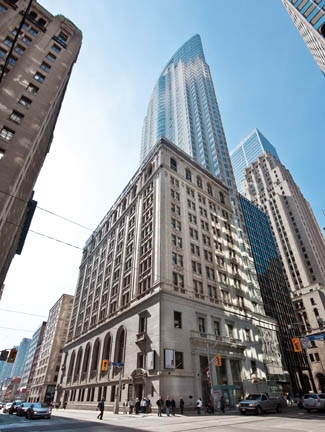
Amsterdam and The Hague: The Dutch Golden Age Continues

In the 11th century, a tiny community of fishers settled along the Amstel River. By 1275, the residents had gained access to the ocean through a canal – the Zuiderzee, now called the IJsselmeer. Thus began a 200-year period of canal building and the commerce that came with it to allow the city to grow and flourish as a destination for trade and as a centre for business and commerce. While the power centre of Europe remained in Spain during the 13th and 14th centuries, Dutch innovation was slowly building a stealth empire in the north. As Amsterdam flourished, it won control over the sea trade in the North Sea and gained access to the Baltic Sea.
In 1519, King Charles V of Spain ceded control of Amsterdam through a dynastic marriage – putting the city under the governance of the Spanish Empire and the Catholic faith. Sixty years later, Spanish control was forfeited in a bloodless coup and the Dutch Republic was born, made up of seven provinces led by William the Silent. From 1600 to 1800, Amsterdam would have a Golden Age that would make it one of the world’s most important cities. Master builders constructed the inner ring of canals as the city’s population surged to 250,000.
The world’s first stock exchange – the Dutch East India Company – opened in 1602, trading its own shares, making Amsterdam the birthplace of capitalism and a magnet and meeting place for traders and their goods from around the world. In keeping with its reputation as a progressive city, the world’s first weekly newspaper, the Courante uyt Italien, Duytslandt, &c. (The Courante) was published in 1618. That same year, Catholicism – seen as a final remnant of Spanish rule – was outlawed as the official religion, although it was still allowed to be practiced privately. Over the next century, the Dutch, using Amsterdam as their base, would invade England, sail the seven seas, colonize Indonesia and Surinam, and establish a colony in North America called New Amsterdam (which became New York City). In 1795, French troops occupied the Netherlands and installed the Batavian Republic. These fragmented United Provinces become a centralized state, with Amsterdam as its capital. By 1813, with the collapse of Napoleon Bonaparte, William VI of the House of Orange was crowned as Dutch King William and the Dutch reclaimed their country. A second and significant flurry of canal building occurred between 1865 and 1876. The North Sea Canal is dug. The Dutch railway system is expanded. In 1889, Amsterdam’s impressive train station (Centraal Station) opens, instantly connecting Amsterdam by rail to the rest of Europe.
Amsterdam today is arguably still one of the key intellectual and artistic centres of Europe and is still considered one of the most progressive cities in the world. Its intertwining canals and waterways are recognized as an official UN World Heritage site.
When visiting the city, a great starting point is the Museum Het Grachtenhuis. Set in an actual canal house, this interactive, multimedia museum cleverly uses miniature-scaled doll house reproductions of Amsterdam’s famous canal houses to illustrate the 400-year history of the city. The sheer genius of the Dutch becomes apparent when you realize the scale of the effort and planning it took for these 17th-century canals and homes to be built on land reclaimed from the sea. A highlight was looking at the three-dimensional holograms inside the miniature canal houses. The museum will give you an understanding of the geography of Amsterdam and it will help you navigate your way around the city.

There are so many museums, galleries and restaurants that you can easily feel overwhelmed by options. Be sure to get an I amsterdam City Card: it offers amazing discounts on the city’s world-class museums. Having been to the Amsterdam Hermitage and Van Gogh exhibits on previous visits, this time I went to the Amsterdam Museum’s Dutch Golden Age exhibit which uses the latest multimedia techniques to showcase a treasure trove of world-class works by artists such as Rembrandt, Pieter de Hooch, Marten de Vos, Dirck Hals and Melchior d’Hondecoeter, alongside historic pieces that explore those halcyon days of world trade, economic growth, cultural and religious diversity, flourishing science and the construction of the Amsterdam canals. It also has some compelling displays that examine Dutch involvement in slavery and war during the 1600s. Afterwards, I relaxed on a one-hour canal cruise (www.smidtje.nl). It was bitter cold but the boat was warm as we enjoyed a bird’s eye view of canal merchants’ houses, baroque churches and bridges. If you are visiting Amsterdam in 2013, be sure to take in the new Rembrandt exhibition at Magna Plaza which brings all 325 of Rembrandt’s paintings together in one place for the first time, as high-quality reproductions.

PHOTO: AMSTERDAM MARKETING
The Royal Concertgebouw Orchestra Amsterdam is celebrating its 125th anniversary this year. In addition to some 80 concerts performed at the Concertgebouw, the Royal Concertgebouw Orchestra (RCO) performs 40 concerts at leading concert halls throughout the world each year. In fact, in the first half of this season, RCO Amsterdam completed its world tour of six continents in a single year – the only orchestra ever to do so. Reaching some 250,000 concertgoers a year, the orchestra has long been praised for its performances of the music of Gustav Mahler and Anton Bruckner. It also collaborates with world-renowned guest conductors. When in Amsterdam, do not miss the RCO. The tickets are not expensive and they are in constant demand.
A Traveler’s Delight: History, Art and Atmosphere in The Hague
Located near the beautiful North Sea coastline, Den Haag (The Hague) is the third largest city in the Netherlands and is also known as the Residence, the Royal Residence and the City of Peace and Justice. The Hague earns its nicknames to housing the seat of the Dutch government, the Royal Family and many international organiza-tions, mostly of a judicial nature, including the International Court of Justice and the Permanent Court of Arbitration. Due to the presence of embassies, international organizations, govern-ment bodies and the Royal Family, The Hague is a popular destination for international travelers. This historic city has a large charm factor with stunning monuments and chic livable neighbourhoods.

Everyone seems to have a bicycle. I spent a day walking through The Hague and stopped to take in the pleasures of the Plein and Grote Markt squares with their numerous cozy restaurants, eateries and coffee bars. The city has seen an architectural building renaissance in the past 30 years and today its modern skyline seamlessly complements the more traditional buildings. The Hague is also known for having more courtyards than any city in Holland and these courtyards are visible everywhere as you walk about.
Among the most beautiful courtyards in The Hague are the Hof Van Wouw, Hof van Nieuwkoop and the Rusthofje. Among the lesser known courtyards in and around the centre of The Hague are the Schuddegeest, Schelpstraat, Badhuisstraat and Paramaribostraat courtyards.
Since it is the political capital, I wanted to visit the Dutch Parliament (Het Binnenhof). All political matters and affairs of state are discussed here. You can take a guided tour through the Ridderzaal (Hall of Knights) and either the First and/or the Second Chamber of Parliament. The tour starts with an introductory video that explains the history of the Dutch parliament and parliamentary buildings. Tours are available all year round; however, on the day I visited, we could not visit all the rooms of Het Binnenhof due to political meetings. Even so, Het Binnenhof and its impressive architecture and rich history make a visit well worth your time.
The Hague is home to the Royal Picture Gallery Mauritshuis and the Gemeentemuseum, which are two must-see museums with magnificent art collections. Het Mauritshuis has a marvellous collection of art from the old masters of the 17th and 18th centuries. The Dutch Mona Lisa or The Girl with a Pearl Earring by Johannes Vermeer can be seen here. (And yes, she does look just like Scarlett Johansson in the movie of the same name!) A worthwhile stop is a small museum called Panorama Mesdag which features one of the world’s finest and largest surviving panorama paintings. It is 46 feet high with a circumference of 395 feet and shows the sea, beach, dunes and fishing in the nearby village of Scheveningen. The panorama was painted by Hendrik Willem Mesdag, his wife and a few friends. It shows what The Hague looked like in 1880. The beach is full of activity: fishing boats are pulled, military practice is taking place, and people are enjoying the sun and the water. Mesdag’s painting or spectacular illusion is an experience in space and time that seems to become reality. The museum isn’t expensive and a visit only takes half an hour.

PHOTO: PIERRE CROM
Inspired by the painting, I decided to take the 20-minute trip to visit the coastal town of Scheveningen on the edge of The Hague. It proved to be a highlight of the day. It’s easy to see why it’s the best known seaside resort on the Dutch coast. Even in the middle of January, the shops and hotels off the beach were booming with activity as people were out and about. It is worth dropping by one of the great grand hotels of Europe, the Steigenberger Kurhaus Hotel which is located right on the beach. Take a walk or use local transit to visit the Scheveningen Harbor Restaurant de Dagvisser (www.dedagvisser.nl). It is one of the best seafood restaurants in the region, featuring a variety of fresh-catch North Sea dishes – herring, cod sole, oysters, mussels – all done with exceptional Dutch gastronomique flair.
While I have been to the Netherlands many times, it is always an incredible treat to go back and experience the marvels of the past while bearing witness to the renaissance of this cultural powerhouse.
 SEE MORE & SAVE MORE WITH THE I AMSTERDAM CITY CARD
SEE MORE & SAVE MORE WITH THE I AMSTERDAM CITY CARD
The I Amsterdam City Card is the most convenient and affordable way to experience Amsterdam. Valid for 24, 48 or 72 hours, the 2013 City Card includes a detailed city map; unlimited use of GVB public transport (bus, tram & metro); free entrance to 38 of Amsterdam’s top museums & attractions; one free canal cruise; discounts on attractions, concerts, theatre, rentals, restaurants and more; free giveaways, fun surprises & special monthly offers; free entrance to eight attractions & five discounts at the Zaanse Schans Museum; free entrance to three museums & four discounts in Haarlem. www.iamsterdam.com
 There are some really nice, affordable boutique-style hotels in Amsterdam. You can’t go wrong with the Radisson Blu Hotel. Located in the Canal House district, the hotel’s historic exterior neatly complements its über-modern interior and exceptional services.
There are some really nice, affordable boutique-style hotels in Amsterdam. You can’t go wrong with the Radisson Blu Hotel. Located in the Canal House district, the hotel’s historic exterior neatly complements its über-modern interior and exceptional services.
www.radissonblu.com/hotel-amsterdam
Den Haag has lots of hotels and great restaurants. You can take a direct 40-minute train from Amsterdam for $12 return.
For a great lunch in Den Haag, go to Brasseries T-Ogenblik www.t-ogenblik.nl for a traditional Dutch lunch of herring and chowder.
The best travel web site for The Netherlands is www.holland.com and for Amsterdam, visit www.iamsterdam.com. For Den Haag, visit www.denhaag.nl.
KLM (Royal Dutch Airlines) – www.klm.com/ – offers regular return flights from Canada. When you arrive in Amsterdam, take a train or an electric car taxi (Taxi-E) to the city centre.













